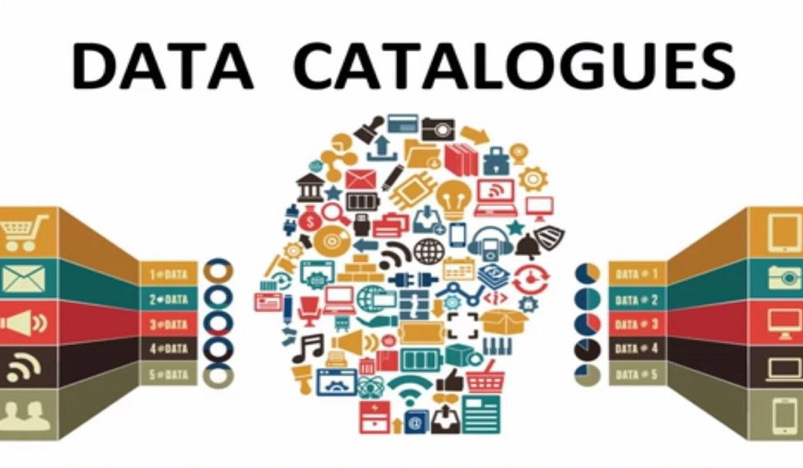
Data Assets
There are many reasons why it is important to organize data. Good data organization makes it easier to find and use data, which allows business owners to make better decisions and solve problems. Data organization also permits the sharing and sending of data to other people so it can be used in reports and presentations. Organized data is also easier to protect so that it can be used accurately and kept away from unauthorized users.
However, it can be difficult to organize data assets, which is why it is crucial for companies to do their research and find effective data solutions to elevate their status and operations. This article takes a look at what is data cataloging and discusses its uses for businesses that have many data assets to organize.
What is a data catalog?
A data catalog is a comprehensive list of all the data assets in an organization. It includes information about each data asset, such as its name, description, and location. Included in a data catalog is a data governance framework, which defines the rules and procedures for managing data. It includes policies for creating and deleting data, setting security and access controls, and archiving data. The data infrastructure of a data catalog includes the systems and tools needed to store, access, and manage data.
How is data identified and classified for data cataloging?
Data can be classified and organized in a variety of ways, but it is important to first identify the purpose of the data before designing a structure. The most common way to classify data is by its type, such as text, numbers, or dates. Other ways to classify data include its source, such as internal or external data, and its format, such as a table or text document.
Once the data is classified, it can be organized into a structure that makes it easy to find and use. The most common way to organize data is by its type, such as all text data together, all number data together, and so on. Other ways to organize data include its source, such as all internal data or all external data, and its format, such as all table data or all text data.
No matter how the data is classified and organized, it is important to keep the data catalog up to date as the data changes. This can be done by regularly reviewing and updating the structure or by using software that automatically updates the structure as the data changes.
How can businesses use data catalogs?
A data catalog can provide many benefits to an organization. Some of the key benefits include:
• Easier access to data: A data catalog can provide an easy way to access data. This can be helpful for employees who need to access data for their work, as well as for customers or other stakeholders who need to access data for reporting or other purposes.
• Improved data governance: A data catalog can help to improve data governance by providing a central location for data governance information. This can help to ensure that data is managed in a consistent and effective manner.
• Improved data quality: A data catalog can help to improve data quality by providing a means to track and manage data quality metrics. This can help to ensure that data is of high quality and meets the organization’s standards.
• Increased data reuse: A data catalog can help to increase data reuse by providing a central location for finding data. This can make it easier for employees to find data that they can reuse in their work.
• Enhanced data discovery: A data catalog can help to enhance data discovery by providing a means to search for data. This can make it easier for employees to find data that they need for their work.
Data catalogs can provide the data asset organization that your company needs to flourish in the modern marketplace.
.jpg)
Qatar Secures Place Among the World's Top 10 Wealthiest Nations
.jpg)
Hamad International Airport Witnesses Record Increase in Passenger Traffic

Saudi Arabia: Any visa holder can now perform Umrah

What are Qatar's Labour Laws on Annual Leave?
Leave a comment